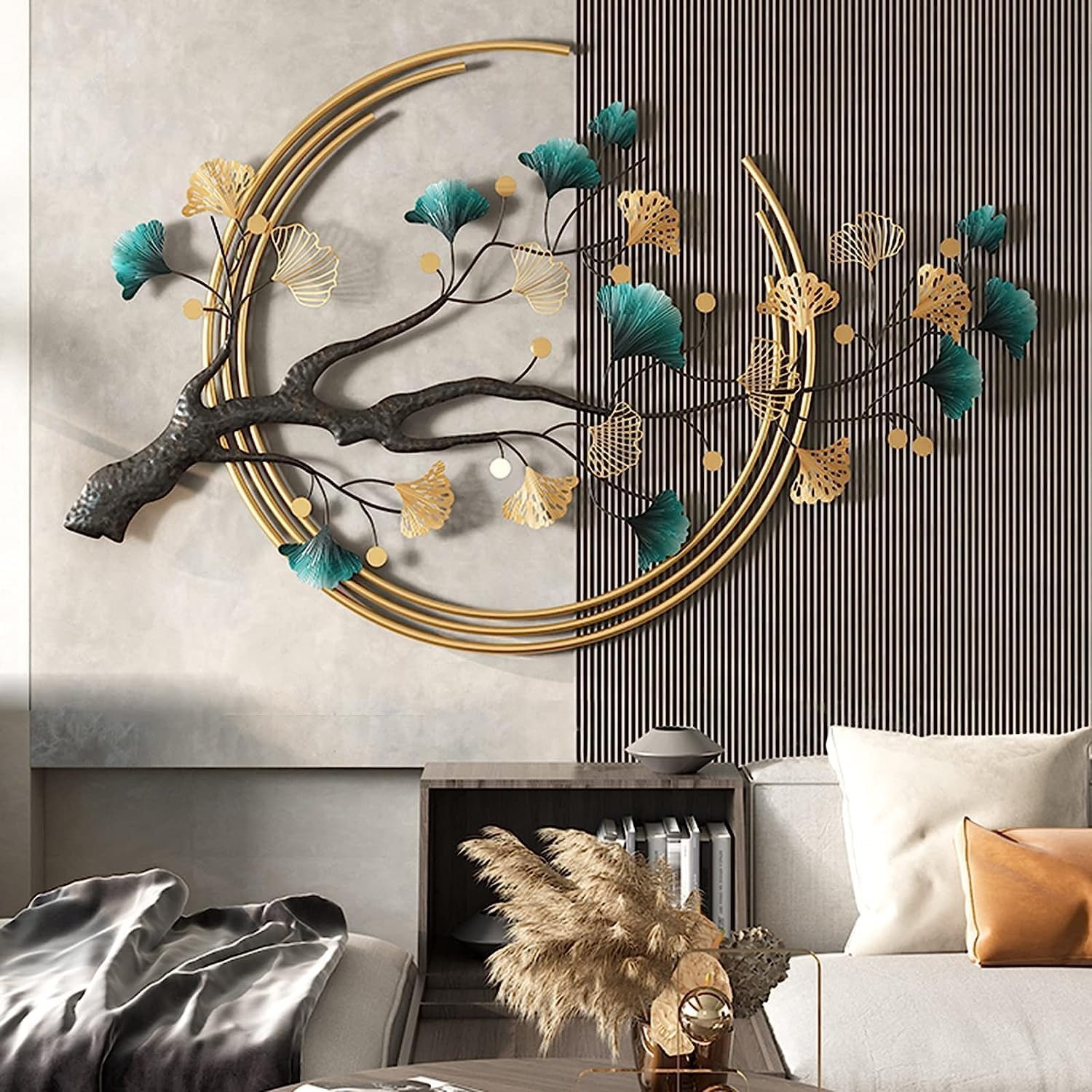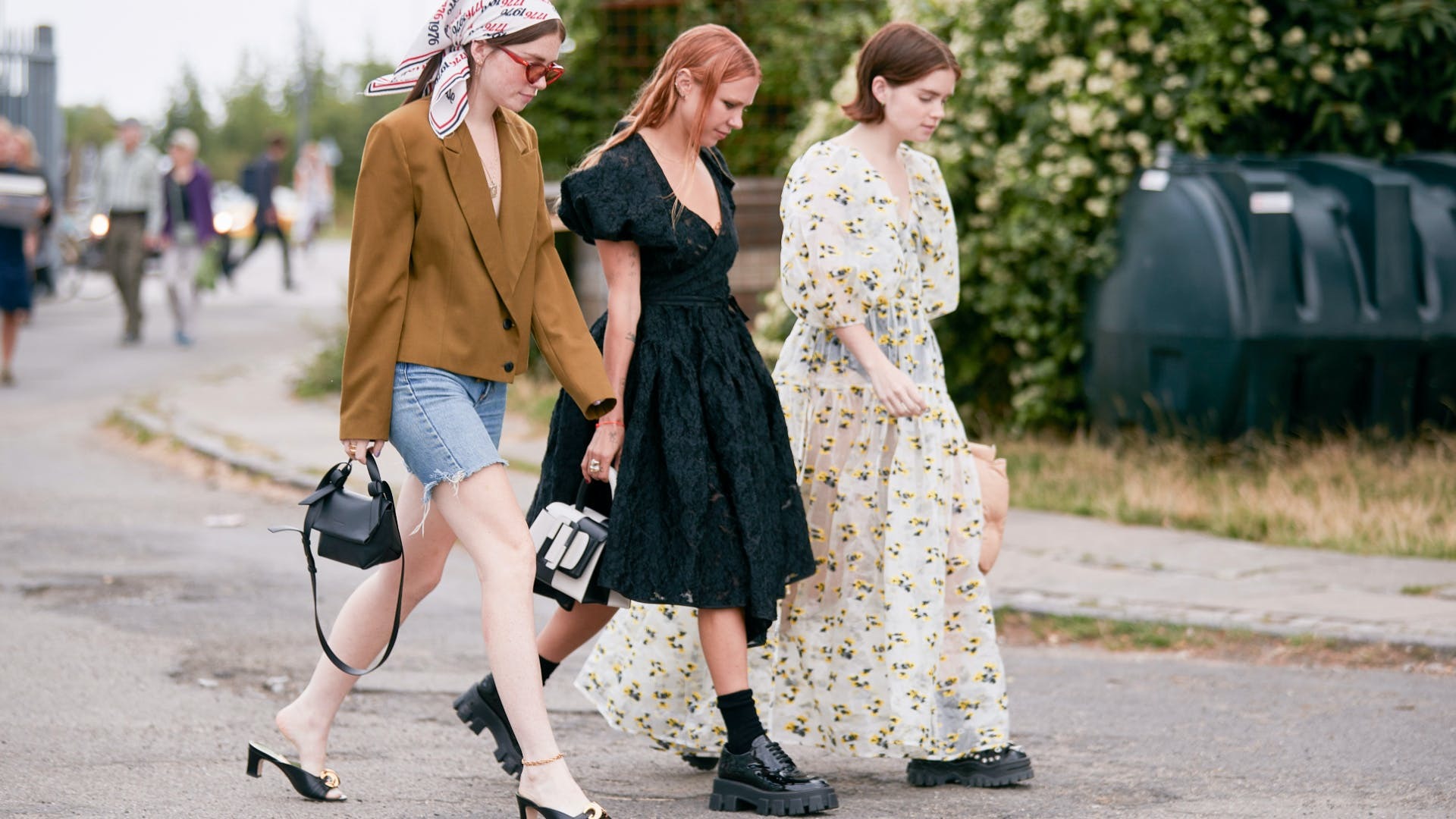Home decor transcends mere aesthetics; it’s the art of transforming a living space into a personal sanctuary, a reflection of individual tastes, experiences, and aspirations. It’s about creating an environment that fosters comfort, inspires creativity, and welcomes both residents and guests. This article delves into the multifaceted world of home decor, exploring its key elements, diverse styles, and practical considerations for crafting a space that truly feels like home.
Understanding the Essence of Home Decor
At its core, home decor involves the deliberate selection and arrangement of various elements to enhance the visual appeal and functionality of an interior space. It encompasses everything from the foundational aspects like wall treatments, flooring, and lighting to the finer details such as furniture, textiles, accessories, and artwork. The goal is to achieve a harmonious blend of form and function, where beauty complements practicality.
Effective home decor goes beyond simply filling a room with attractive objects. It involves understanding the principles of design, such as balance, proportion, rhythm, emphasis, and harmony. It requires considering the flow of movement within the space, the interplay of light and shadow, and the emotional impact of different colors, textures, and patterns. Ultimately, successful home decor creates an atmosphere that resonates with the inhabitants and supports their lifestyle.
Key Elements of Home Decor
Several fundamental elements contribute to the overall look and feel of a home’s interior. Paying careful attention to each of these aspects is crucial for achieving a cohesive and well-designed space.
1. Wall Treatments: Walls form the backdrop of any room and significantly influence its ambiance. Options range from paint in a spectrum of colors and finishes to wallpaper with intricate patterns and textures. Consider the size and natural light of the room when selecting wall treatments. Lighter colors can make a small space feel larger and brighter, while darker hues can add warmth and intimacy to a larger room. Textured walls or accent walls can introduce visual interest and depth.
2. Flooring: The choice of flooring impacts both the aesthetics and the functionality of a space. Options include hardwood, carpet, tile, laminate, and vinyl, each with its own set of characteristics in terms of durability, maintenance, comfort, and style. Consider the purpose of the room and the level of foot traffic when selecting flooring. For instance, hardwood or tile might be ideal for high-traffic areas like hallways and kitchens, while carpet can add warmth and softness to bedrooms and living rooms.
3. Lighting: Often underestimated, lighting plays a pivotal role in shaping the mood and functionality of a room. A well-designed lighting scheme incorporates three layers: ambient (general illumination), task (focused lighting for specific activities), and accent (highlighting decorative features). Consider a mix of overhead fixtures, lamps, and natural light sources to create a versatile and inviting atmosphere. Dimmers can offer flexibility in adjusting the intensity of light to suit different needs and occasions.
4. Furniture: Furniture serves both practical and aesthetic purposes, providing seating, storage, and surfaces. The selection of furniture should consider the size and layout of the room, the intended use of the space, and the overall style being pursued. Opt for pieces that are not only visually appealing but also comfortable and functional. Consider the scale and proportion of furniture in relation to the room to avoid overcrowding or a feeling of emptiness.
5. Textiles: Fabrics and textiles add texture, warmth, and visual interest to a space. This includes curtains, rugs, throw pillows, blankets, and upholstery. Different materials and patterns can evoke different moods, from the luxurious feel of velvet to the cozy comfort of wool. Layering textiles can add depth and dimension to a room. Consider the color palette and overall style when selecting textiles to ensure they complement other elements in the space.
6. Accessories and Decoratives: These are the personal touches that truly make a house feel like a home. Accessories include artwork, photographs, plants, candles, vases, sculptures, and other decorative objects. They reflect the personality and interests of the inhabitants and add character to the space. When selecting accessories, focus on quality over quantity and choose items that hold meaning or bring joy. Arrange them thoughtfully to create visually appealing vignettes.
Exploring Diverse Home Decor Styles
The world of home decor encompasses a vast array of styles, each with its own distinct characteristics and influences. Understanding these styles can provide inspiration and guidance when decorating your own space.
1. Modern: Characterized by clean lines, minimalism, neutral colors, and functional furniture. It emphasizes open spaces and a lack of clutter. Materials like metal, glass, and concrete are often used.
2. Contemporary: Often confused with modern, contemporary style is more fluid and reflects current design trends. It can incorporate elements from various styles but typically features clean lines, bold accents, and a focus on comfort and functionality.
3. Traditional: Rooted in classic European decor, this style emphasizes elegance, symmetry, and rich details. It often features ornate furniture, luxurious fabrics like velvet and silk, and traditional patterns.
4. Bohemian (Boho): A free-spirited and eclectic style characterized by vibrant colors, layered textures, vintage finds, and global influences. It embraces individuality and a relaxed, unconventional aesthetic.
5. Scandinavian: Emphasizes simplicity, functionality, and natural materials like wood and wool. It features a light and airy color palette, clean lines, and a focus on creating a cozy and comfortable atmosphere.
6. Farmhouse: Evokes a sense of rustic charm and comfort. It often incorporates natural materials like wood and stone, vintage or antique pieces, and a neutral color palette with pops of warm hues.
7. Industrial: Inspired by lofts and factories, this style features raw materials like exposed brick, metal, and concrete. It often incorporates vintage or repurposed furniture and a functional, utilitarian aesthetic.
Practical Considerations for Home Decor
Beyond aesthetics, several practical considerations should guide your home decor choices.
1. Budget: Establishing a realistic budget is crucial before embarking on any decorating project. Prioritize essential items and consider cost-effective alternatives where possible.
2. Lifestyle: Your lifestyle and needs should heavily influence your decor choices. Consider factors like the number of occupants, the presence of children or pets, and how you use each space.
3. Functionality: Ensure that your decor choices enhance the functionality of each room. Furniture should be comfortable and serve its intended purpose, and storage solutions should be practical and accessible.
4. Sustainability: Consider incorporating sustainable and eco-friendly decor options, such as reclaimed materials, energy-efficient lighting, and ethically sourced textiles.
5. Personalization: Ultimately, your home decor should reflect your personal tastes and preferences. Don’t be afraid to incorporate items that hold sentimental value or express your unique style.
Conclusion
Home decor is an ongoing process of curating and refining your living space. It’s about creating an environment that not only looks appealing but also feels comfortable, functional, and authentically you. By understanding the key elements of design, exploring different styles, and considering practical factors, you can transform your house into a home that truly tells your story and serves as a sanctuary for years to come. Embrace the journey of decorating, experiment with different ideas, and allow your personal style to shine through in every detail.

